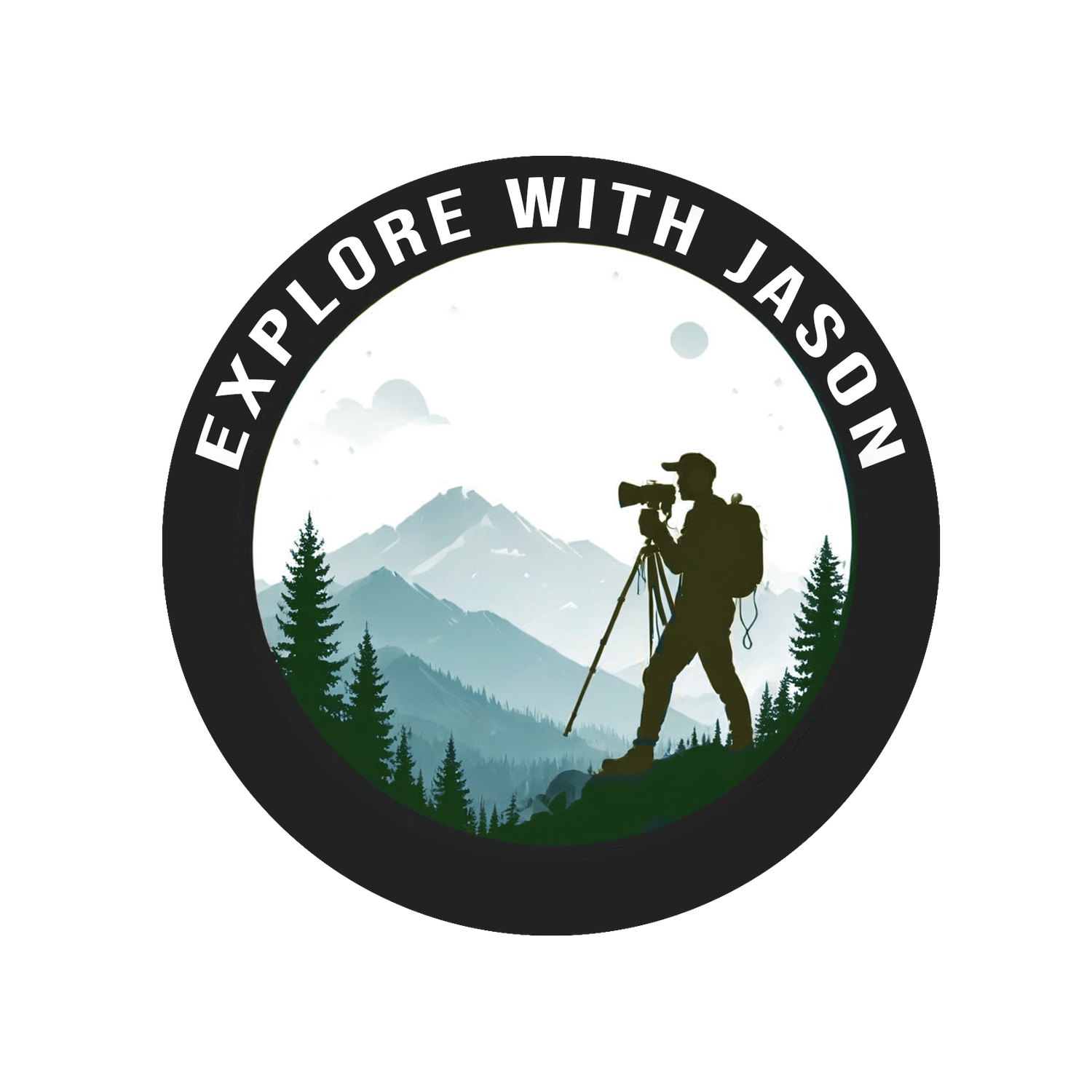Is It Time to Stop Wasting Time on Stock Photography?
Have you seen YouTube video on what may be the death of stock photography? You can watch it here: https://youtu.be/kXIgQyA7wXs. If you’ve been in the stock photography game as long as I have—two decades, in my case—you’ll recognize the shifts ahead. Traditional stock libraries once thrived on exclusivity and curated shoots. Now, with AI-generated images improving by the day, that model is eroding beneath our feet.
Standing in front of a mountain lake in Glacier National Park.
The Rise and Fall of Traditional Stock Photography
For twenty years I uploaded landscapes, product shots, and lifestyle scenes, watching modest royalties trickle in. Early on, stock platforms offered steady returns and global exposure. Photographers honed their style, hoping to capture the next trending concept. But as subscription prices dropped and competition surged, payouts diminished. What once paid my bills now barely covers a cup of coffee.
Why AI Will Deliver the Final Blow
AI tools today have a distinctive “look,” but they’re evolving fast. Soon, graphic designers will simply craft a prompt, feed in reference images, and—poof—they’ll have a tailor-made shot in seconds. No model releases, no studio fees, no licensing hurdles. The speed, cost savings, and creative flexibility of AI will outpace any traditional stock shoot.
Preparing to Jump Ship
Recognizing a sinking vessel doesn’t require bravery; it requires foresight. Here’s my survival plan:
Gradually withdraw low-performing images from under-selling sites.
Evaluate quarterly earnings and pull down any portfolio that nets under $1,000 annually.
Wind down custom video clips by year-end, focusing instead on emerging opportunities.
Reinvest time in developing new skills: AI prompt engineering, cinematic storytelling, or niche micro-stock.
A stunning mountain and lake in Glacier National Park.
Next Steps for the Modern Photographer
Adaptation is the hallmark of a lasting creative career. You’re not giving up— you’re evolving. Consider these growth avenues:
Master AI prompt techniques to blend your photographic eye with generative tools.
Explore micro-stock platforms specializing in motion graphics or 3D renders.
Offer customized content services: branded visuals for small businesses, exclusive editorial shoots, or rapid-turnaround social media packs.
Build a personal archive or Patreon to monetize original projects directly with your audience.
Move on, my friends. Your photographic journey isn’t over; it’s entering its smartest chapter yet. Embrace the AI revolution, sharpen new skills, and discover fresh revenue streams that outlast fleeting trends.
Have you seen today’s YouTube video? You can watch it here: https://youtu.be/kXIgQyA7wXs. If you’ve been in the stock photography game as long as I have—two decades, in my case—you’ll recognize the shifts ahead. Traditional stock libraries once thrived on exclusivity and curated shoots. Now, with AI-generated images improving by the day, that model is eroding beneath our feet.
The Rise and Fall of Traditional Stock Photography
For twenty years I uploaded landscapes, wildlife, and travel scenes, watching modest royalties trickle in. Early on, stock platforms offered steady returns and global exposure. Photographers honed their style, hoping to capture the next trending concept. But as subscription prices dropped and competition surged, payouts diminished.
Why AI Will Deliver the Final Blow
AI tools today have a distinctive “look,” but they’re evolving fast. Soon, graphic designers will simply craft a prompt, feed in reference images, and—poof—they’ll have a tailor-made shot in seconds. No model releases, no studio fees, no licensing hurdles. The speed, cost savings, and creative flexibility of AI will outpace any traditional stock shoot.
Preparing to Jump Ship
Recognizing a sinking vessel doesn’t require bravery; it requires foresight. Here’s my survival plan:
Gradually withdraw from under-selling sites.
Evaluate quarterly earnings and pull down any portfolio that does not produce any worthwhile income.
Wind down custom video clips by year-end, focusing instead on emerging opportunities.
Reinvest time in developing my YouTube channel and fine art photography.
Bighorn Sheep in Glacier National Park.
Next Steps for the Modern Photographer
Adaptation is the hallmark of a lasting creative career. You’re not giving up— you’re evolving. Consider these growth avenues:
Master composition. Composition is the difference between snapping a picture and taking a photograph.
Reach out using social media to advertise your photos.
Build a personal archive or Patreon to monetize original projects directly with your audience.
Move on, my friends. Your photographic journey isn’t over; it’s entering its smartest chapter yet. Embrace this evolution, sharpen new skills, and discover fresh revenue streams that outlast fleeting trends.



